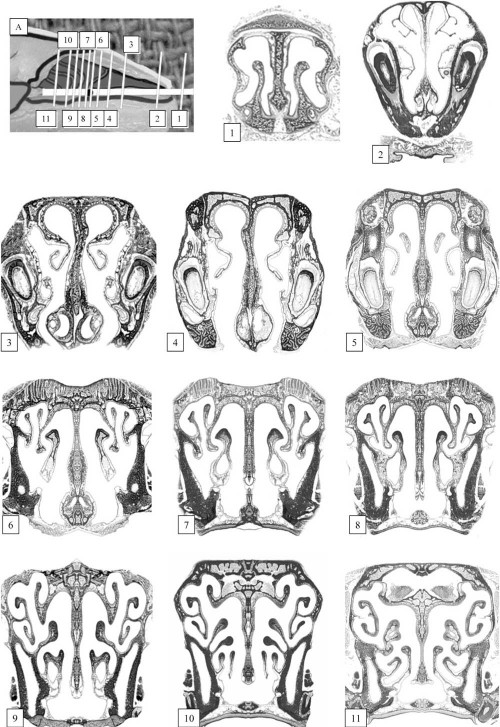Today was the last day I lecture at my developmental biology students. We have one more lab and one final class hour which will be all about assessment, but this was my last chance to pontificate at them…so I told them about all the things I didn’t teach them, and gave them a reading list for the summer. (I know, there’s no way they’re going to take these to the beach, but maybe when they move on in their careers they’ll remember that little reference in their notes and look it up.)
So here are the books I told them to go read.
We’ve been all up in the evo-devo house this semester, so I urged them to read the antidote, just to get some perspective. This is the great big book all the grown-up developmental biologists read and admire and regard as gloriously wrong in many ways, but still an important reminder that physical and chemical properties of whole cells and organisms matter — it’s not all genes. And of course that legendary book is On Growth and Form by D’Arcy Wentworth Thompson. I tell all my students that if ever they want to get serious about developmental biology, they must read Thompson.
For the more modern gang who like computers and math and logic puzzles, I point them at At Home in the Universe: The Search for the Laws of Self-Organization and Complexity and The Origins of Order: Self-Organization and Selection in Evolution
by Stuart A. Kauffman. He’d really benefit from more time in a wet lab, but still, there’s some very provocative stuff in those books about how complexity can spontaneously arise. I also gave them a bit of an introduction to NK network theory.
There is always a philosopher or two in the class, so for them I suggest that they read The Ontogeny of Information: Developmental Systems and Evolution by Susan Oyama. Developmental Systems Theory suffers for its lack of applicability — it really is a little too abstract for most scientists — but I love it for its more holistic approach to development.
For the hardcore biologists, the ones who are ready to read a book where every page makes them think very hard, I suggest Developmental Plasticity and Evolution by Mary Jane West-Eberhard. It’s quite possibly the most brilliant book I’ve ever read, but it’s dense and challenging. Intentionally challenging: she really does question a lot of the dogma of evolutionary and developmental biology, and forces you to realize there are a lot of wide-open, intensely interesting questions out there.
And finally, I brought up a book I seriously think about making the class text every year, Ecological Developmental Biology by Scott F. Gilbert and David Epel. The course as it is now is a fairly traditional modern molecular genetics and development class, with a solid overlay of evolutionary biology. The Gilbert and Epel book integrates all that with ecology — and I firmly believe that the well-rounded biologist of the type a liberal arts university tries to generate ought to have a balanced conceptual understanding of ecology, development, and evolution.
That’s the short list. It’s too bad I don’t have total control of my students’ lives, or I’d have them studying ten or twenty books over the summer. Or they probably think it’s a good thing I don’t.





